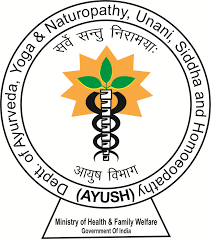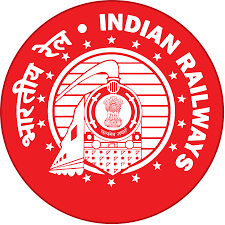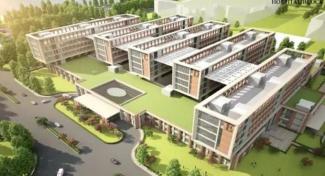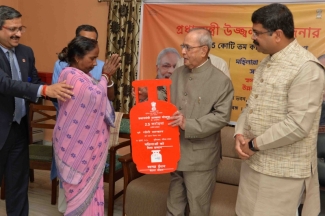
Andhra Pradesh has topped the charts among States in terms of “Ease of Living Index” rankings launched by the Ministry of Housing and Urban Affairs (MoHUA). It was followed by Odisha and Madhya Pradesh. The three states were awarded the three best performing states under Atal Mission for Rejuvenation and Urban Transformation (AMRUT) at the National Dissemination Workshop on Ease of Living Index, 2018, here today. While presenting the awards to the States, the Union Minister of State (I/C)) for Housing and Urban Affairs, Hardeep Singh Puri said that the Ease of Living Index is a transformative initiative of the Ministry to help the cities assess their liveability vis-à-vis national and global benchmarks. He exuded confidence that the Ease of Living Index will encourage all cities to move towards an ‘outcome-based’ approach to urban planning and management and promote healthy competition among cities.
Addressing the participants, Minister Puri said that this exercise marked a major milestone in India’s goal to promote evidence-based planning and action towards sustainable urbanization. “The ‘Ease of Living’ Index seeks to assist cities in undertaking a 360-degree assessment of their strengths, weaknesses, opportunities, and threats”, he added. It was decided in June 2017 to rank 116 cities (all smart cities and million plus cities) based on the liveability parameters. The implementation of the assessment commenced formally on 19 January 2018. The MoHUA released the first ever ‘Ease of Living Index’ covering 111 Indian cities on 13 August, 2018, which serves as a litmus test to help assess the progress made in cities through various initiatives. All cities were evaluated out of 100. The 'physical' pillar (infrastructure) was given the highest weightage of 45, while institutional (governance) and social were weighted 25 each. Economy was weighted 5. Ease of Living framework comprised four pillars namely Institutional, Social, Economic and Physical which are further broken down into 78 indicators across 15 categories (governance, identity and culture, education, health, safety and security, economy, affordable housing, land use planning, public open spaces, transportation and mobility, assured water supply, waste-water management, solid waste management, power, and quality of environment). “Another highlight of the Ease of Living assessment standards is its close linkage with the Sustainable Development Goals (SDGs). Of the 17 SDG goals, 8 goals are directly linked to India’s ease of living assessment framework with SDG 11” he said.
Elaborating on the importance of having a relook at the whole exercise undertaken which led to the final scores and ranking, the minister said, “the assessment was launched at the national level with a National Orientation Workshop to orient city officials on assessment framework. It was followed by 33 state level workshops spread across all 26 states and Union Territories to introduce and explain the framework to all stakeholders. Over 1500 officials participated across all workshops.” He also pointed out that besides collecting data on a range of metrics to evaluate performance of the city administration, the exercise spread over four months also collected feedback from over 60,000 citizens to measure satisfaction on urban services. The first round of Ease of Living covered 111 cities. Gurugram was subsequently included in the assessment. Four cities of West Bengal – Howrah, New Town Kolkata, Kolkata and Durgapur did not participate and Naya Raipur of Chhattisgarh and Amravati of Andhra Pradesh did not fulfil the parameters as they are green-field cities.
The government hoped that the big bonus that will come with the scheme is the fact that it will lead to a healthy competition between cities, based on the rankings, and generate acute interest, comparisons, critiques and analysis by citizens.












